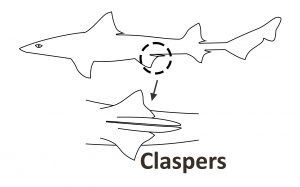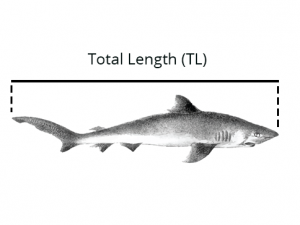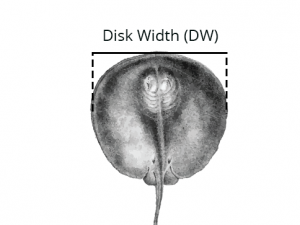
Guidelines
Photography Guide
Photograph and data can be collected from sighting in the wild, from at the harbour or fish auction market, or on board of a vessel (research or fishing trip). Photograph and data may be collected opportunistically or in a research-prepared manner for an individual or a group voluntary action.
Sighting Report
Photograph position from sighting of a species will have to differ between shark, ray, skate, and chimaera.
- Shark and Chimaera photograph need to be taken from a lateral point of view/side covering from the snout to the caudal fin (tail) (Fig 1)
- Ray and Skate photograph could be taken from above or slightly from the side covering their entire dorsal side from the snout to the caudal fin (tail) (Fig 4)
- An exception for the Manta Ray species (Mobula alfredi and M. birostris), in which their photograph could be taken from below covering their entire ventral side from the snout to the caudal fin (tail) (Fig 2)
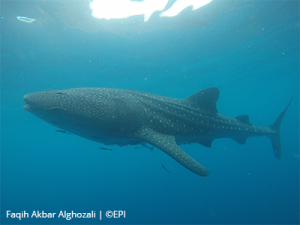
Fig 1. Whale Shark (Rhincodon typus)

Fig 2. Reef Manta Ray (Mobula alfredi)
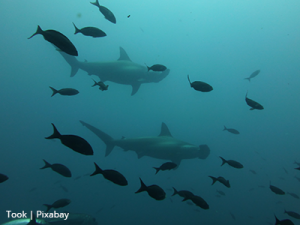
Fig 3. Hammerhead Shark (Sphyrna lewini)

Fig 4. Bluespotted Ribbontail Ray (Taeniura lymma)
Photograph of sighting should be parallel as much as possible to the camera (lateral, from above, or from below) to make species identification more accurate. In case a photograph is unable to be parallel or cover the necessary body parts of the elasmobranchs and if the photographer deemed the photograph is covering enough for a species to be visually identified, the photograph may be taken (Fig 3).
Photograph may also be taken out of a video from a diving/snorkelling activity or from BRUVs (Baited Remote Underwater Video) by screen shooting or cropping part of the video where the shark, ray, skate or chimaera appears. Screenshooting or cropping should be done while keeping in mind the criteria for photograph above.
Landing Report
Photograph position from a landing or on board of a vessel will also have to differ between shark, chimaera, ray and skate.
- Shark and Chimaera photograph need to be taken from a lateral point of view / side covering from the snout to the caudal fin (tail) (Fig 5)
- Ray and Skate photograph need to be taken from above covering their entire dorsal side from the snout to the caudal fin (tail) (Fig 6)
If a species brought on board a vessel, either from a research or fishing trip, and is planned to be released alive, a photograph doesn’t necessarily to be taken following the above criteria. Thus the photograph can be taken quickly and prevent from killing the fish. If the photographer deemed the photograph is covering enough for a species to be visually identified, the photograph may be taken (Fig 7)
All landing or on-board photograph is encouraged to have a ruler or any object of similar size to the fish for size comparison.
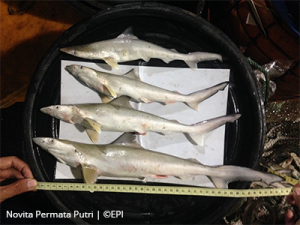
Fig 5. Milk Shark (Rhizoprionodon acutus)
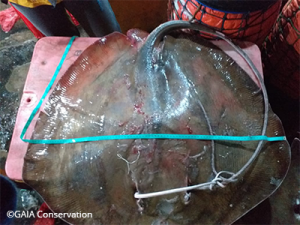
Fig 6. Whitenose Whipray (Pateobatis uarnacoides)

Fig 7. Lemon Shark (Negaprion brevirostris)
